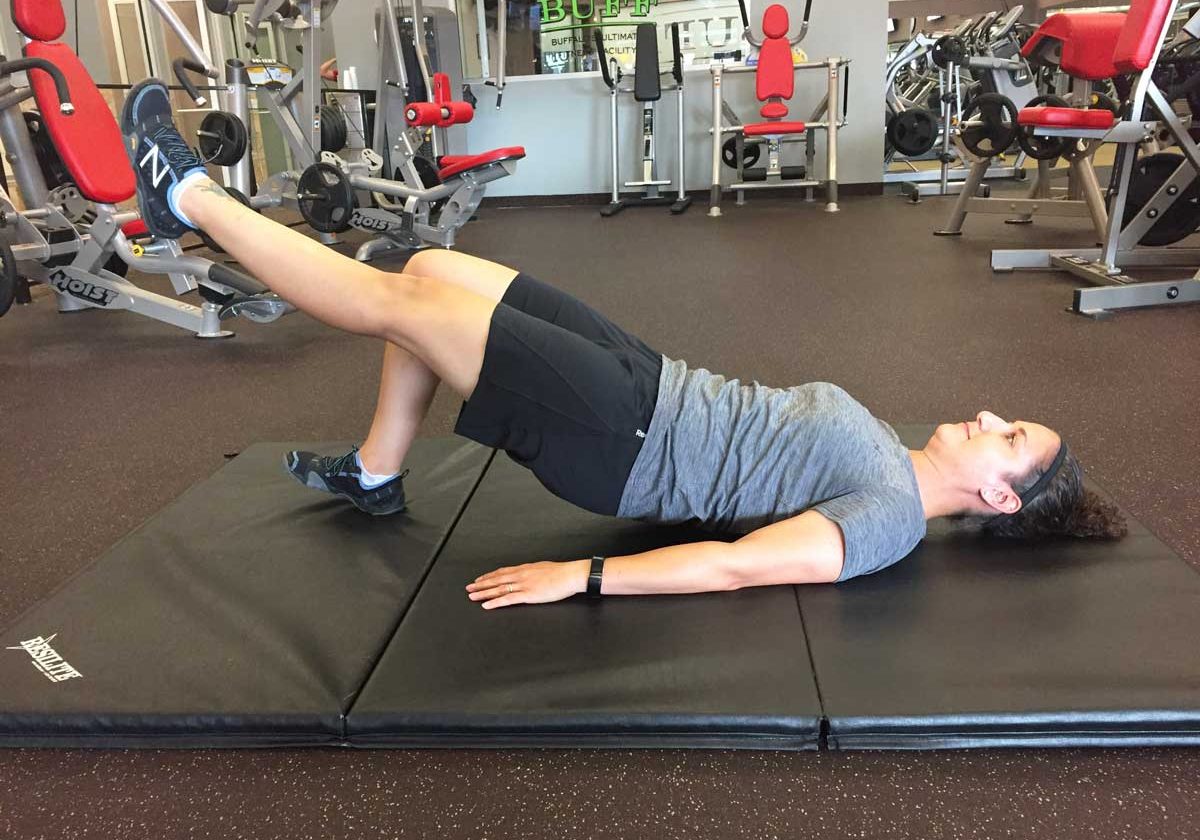
One of the fastest ways you can improve comfort in your game and improve your scores today is by adding a warm-up including dynamic stretching to your routine. I love to ask my clients if they would like to be moving well, feeling loose, and in the groove on the fourth tee box or if they would rather feel their best on the first tee box. Hitting well from the first tee absolutely translates to better scores!
How long does my warm-up and stretching last?
Let's first talk about dynamic stretching and why I mentioned that type of movement rather than static stretching. Think about a rubber band. If you stretched a rubber band to its' fullest extent and held it there for a very long time, what would the recoil look like? The rubber band would change in length, but it isn't going to return to its original length quickly and now it has slowed down. What would happen if you took that same rubber band and stretched and shortened it quickly (2-3 second stretches at a time) a number of times? The length and recoil would both improve, and you may notice that band is a little warmer and more pliable now too. Our muscles work in a similar fashion. The human body is much more complex, however, because we are not just stretching tissue, we are involving our entire nervous system.
More on that nervous system... Do you think you can achieve your greatest swing speed immediately after a nap? How's your focus and mental clarity right after waking? Everything has been slowed down. Well, the body responds in a similar fashion to static stretching. We've just slowed the nervous system down and told the body to relax. Hold a stretch 15 seconds or more, and swing speed goes down.
Can I stretch at home?
You know you feel good after warming up with dynamic movements involving your core, glutes, some rotational exercises and then dynamic stretching, but how long do you have before the benefits wear off? Research studies indicate you have about 10 minutes. So, if you live two minutes from the golf course you can probably get ready to play at home. For the rest of us, our routine is best done right at the range. We improve our intimidation factor with that routine before hitting balls at the range too. Anything for an edge on our buddies, right?











